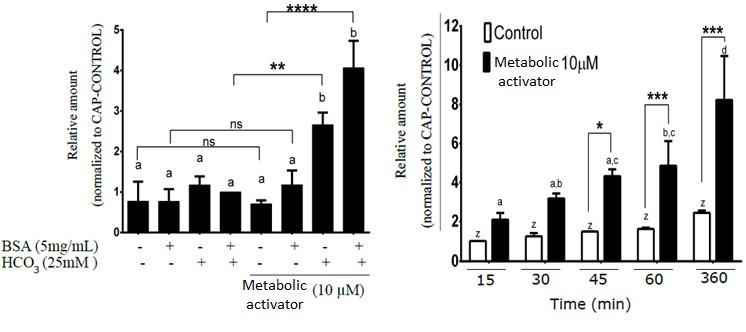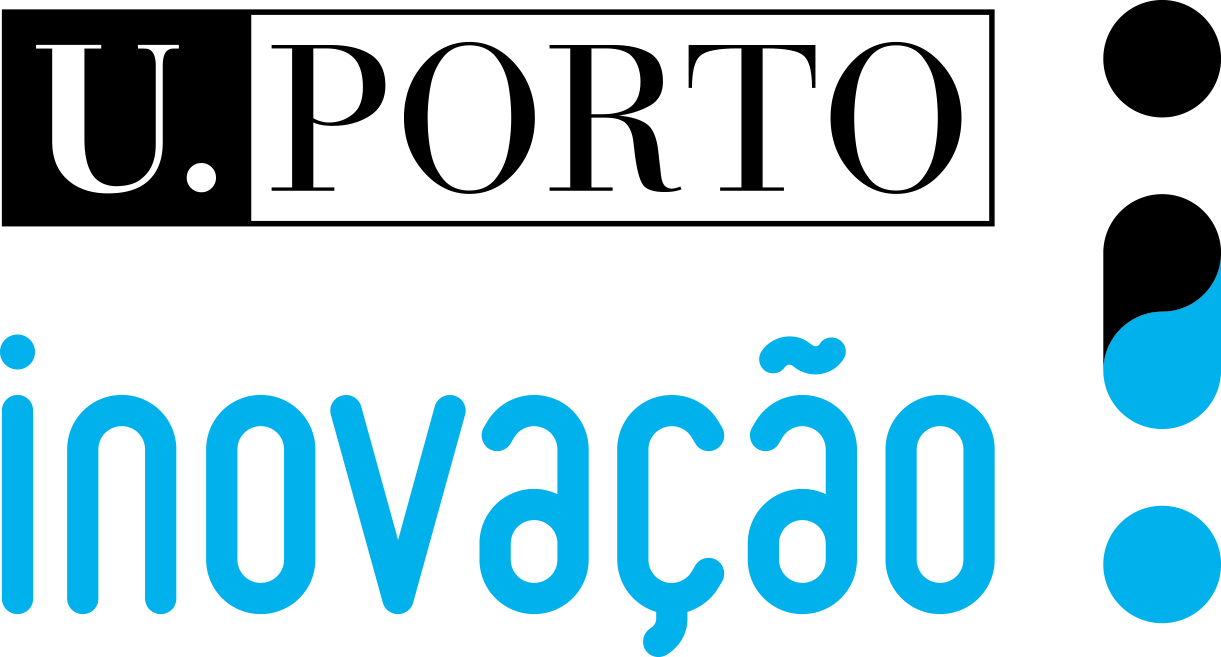
The invention herein disclosed relates to a metabolic activator to enhance and synchronize sperm capacitation in mammals to be used in assisted reproductive technologies (ART).
Nowadays, infertility affects 1 of each 6 couples seeking for a child, where the male factor contributes up to 50% of the infertility cases. Such statistics show that society is demanding for the development of media and methods to increase sperm functions to enhance assisted reproductive technologies (ART) outcome. Moreover, in order to acquire the fertility potential, sperm must go through a process known as capacitation where protein tyrosine phosphorylation has been used as “hallmark” of sperm capacitation status. Due to the heterogeneity of men ejaculates to achieve capacitated status many of them fail to achieve this status at the proper time. Hence, the development of a metabolic activator able to enhance and synchronize sperm capacitation would represent an important tool to increase the chances that fertilization occurs under ART.
The metabolic activator herein disclosed consists of a commercially available organic compound. Its use as an additive to human sperm media increases the levels of tyrosine phosphorylation and might indicate higher chances that fertilization occurs. Moreover, it brings forward and synhronizes the sperm capacitation event, being able to triplicate the levels of tyrosine phosphorylation after 6h of incubation with human spermatozoa. No detrimental effects on sperm viability were found. This sperm capacitation enhancer is applicable for human and non-human mammals.
The metabolic activator herein disclosed can be used as additive or as a new ingredient for any sperm media already existing in the market. It is indicated for couples with problems to conceive a child associated to a male factor, specially in those cases of male idiopathic infertility and more specifically in those reported cases of male infertility associated to sperm capacitation disorders.






